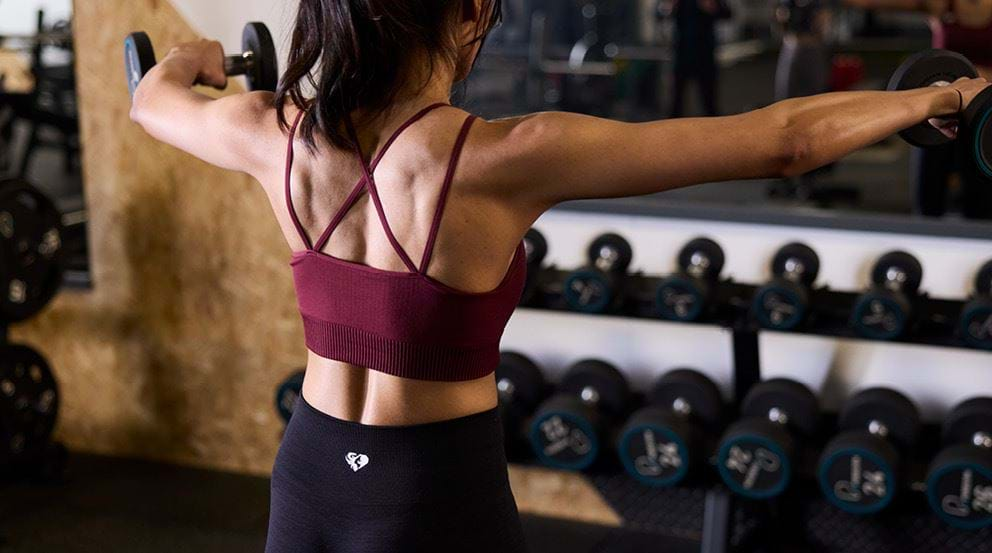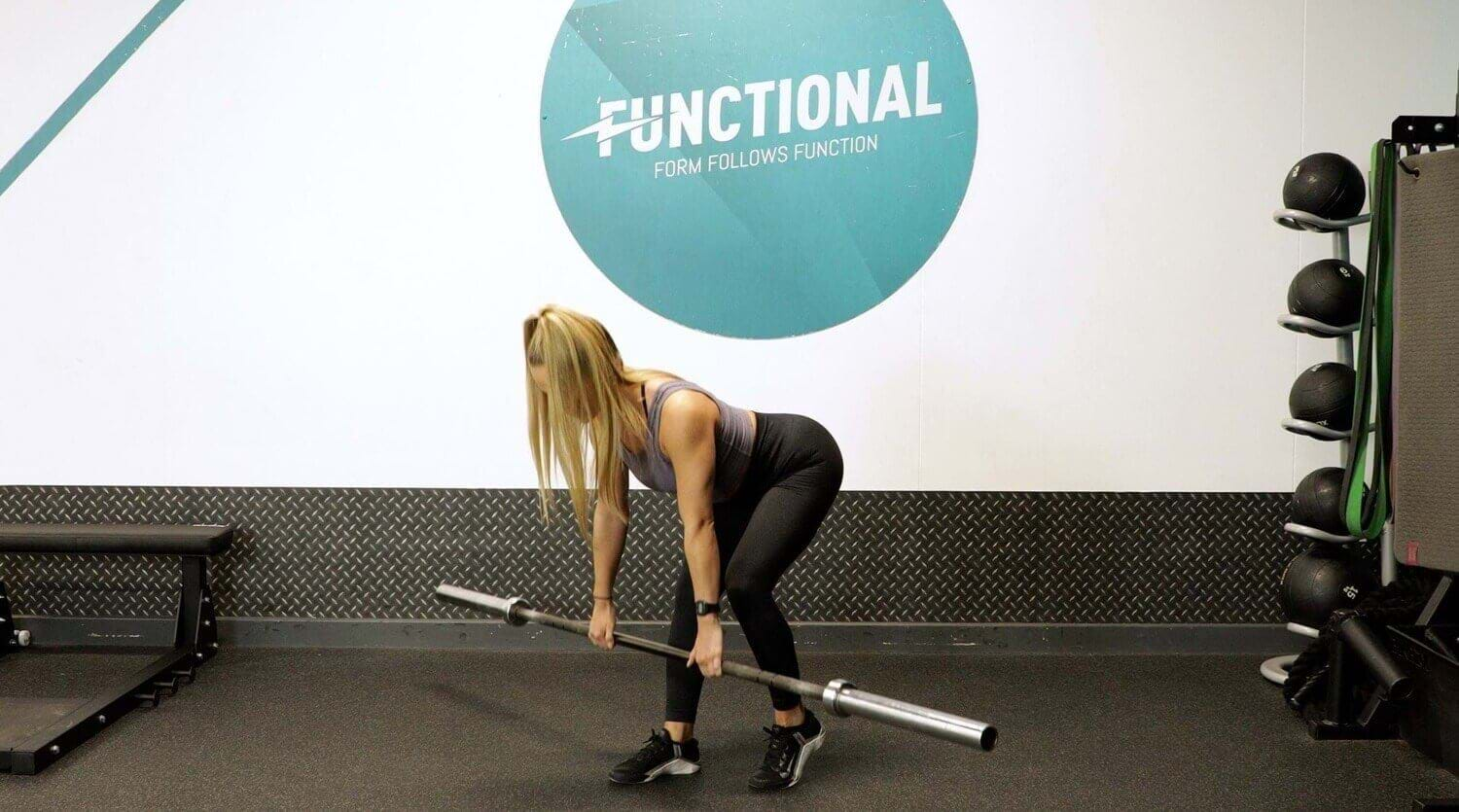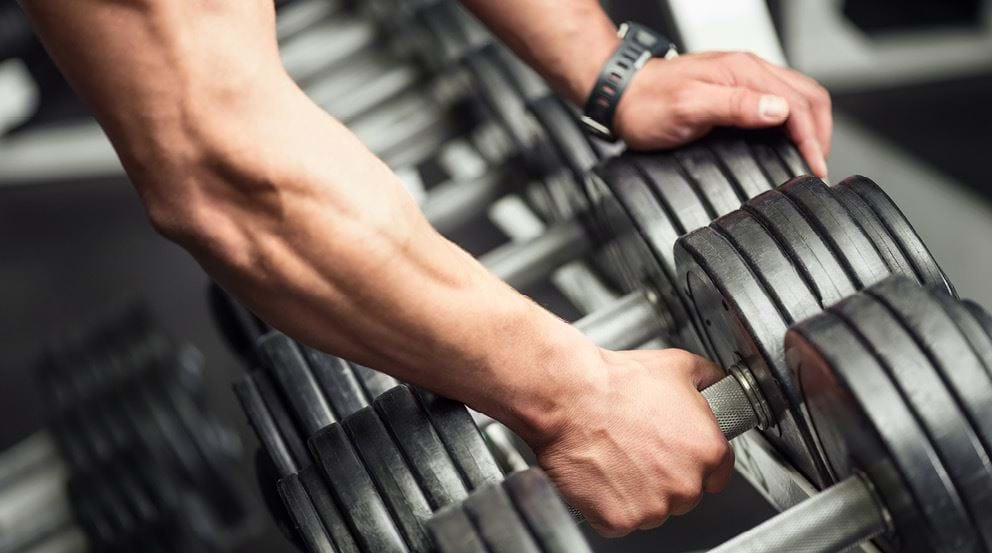Strength Training Vs Bodybuilding

Strength Training | Bodybuilding | Training Goals | Workout Differences | Muscle Growth vs Functional Strength | Nutrition | Body Composition | Visual Results | Combining Approaches | Best For You | How To Choose
The strength training versus bodybuilding debate is one of the oldest discussions in the fitness world. Both training approaches build muscle and change how you look, but the training and results are different. Understanding the difference between strength training and bodybuilding will help you choose what's right for you.
What Is Strength Training and How Does It Work?
Strength training is an umbrella term that covers any kind of training that uses progressive overload and external load to develop maximum force. The goal of strength training is moving the heaviest loads, usually compound movements like squats, deadlifts, and bench press. Strength athletes train with 85-95% of their one-rep max to develop neurological adaptations as well as muscle growth.
What Defines Bodybuilding and How Is It Different From Strength Training?
Bodybuilding focuses on developing muscle size, symmetry, and aesthetic appeal rather than maximum strength (although you will get stronger as a result of training with weights). The key distinction between bodybuilding and strength training is specificity - bodybuilders use more moderate weights, and exercises that change muscle size and shape, to focus on muscle hypertrphy.
It's important to note that bodybuilding can mean a strength bodybuilder training style, or the sport of bodybuilding. People who do bodybuilding training to compete might clarify that they are competitive bodybuilders.
Key Differences in Training Goals for Strength vs Aesthetics
The main difference between strength building vs bodybuilding lies in your training goals. Strength training aims to maximise force production, and success is measured through increased lifting capacity and performance metrics like one rep max testing.
Bodybuilding prioritises visual muscle development, and success is either measured on stage (if you are competing) or through physique improvements rather than lifting performance.
How Workouts Differ: Reps, Sets, and Intensity for Each Approach
One of the most obvious differences in training is bodybuilding vs strength training reps, sets, and intensity. As a general rule, strength training uses low reps (5-8, 3-5, or even single reps) at 75%-100% of your max. You'll have longer rest periods in strength training (often 2-3 minutes) and it's rare to use techniques like supersets.
Bodybuilding training tends to use higher reps (8-12 or 12-15) at lower load (65%-80% of max) with short rest periods to maintain metabolic stress. Bodybuilders often use techniques like supersets, giant sets, and dropsets, and will perform more total sets per muscle group than strength athletes. Strength athletes focus on fewer sets at higher intensity.
Muscle Growth vs Functional Strength: What Are You Building?
What is your primary goal? The functional strength vs bodybuilding debate comes down to whether you want muscle size and shape, or functional strength. Strength training develops neurological efficiency and force production, which translates into sports performance and daily tasks like physical jobs and tasks around the house.
Bodybuilding training creates muscle adaptations, including increased fibre size and metabolic capacity, which aren’t necessarily reflected in improvements in functional movement or strength.
Nutrition Strategies for Strength Training vs Bodybuilding
Your approach to nutrition might differ when you choose strength training or bodybuilding training, too. Whilst the basics remain the same, you'll need to fine-tune what you eat as you get further into your goals.
Strength athletes often want to maintain their body weight (or may even wish to gain some weight). As a result, their nutrition focuses on getting enough calories, with adequate protein and usually higher carbohydrates to fuel heavy training, explosive lifts, and recovery.
Bodybuilders usually want to reduce their levels of bodyfat whilst maintaining muscle mass, as this is what achieves that lean, defined bodybuilder aesthetic. A bodybuilder's nutrition is likely to be lower in carbohydrates, higher in protein, and more precise in terms of total calories. Building muscle whilst reducing body fat requires close attention to calories and macronutrients, and may also involve cutting and bulking phases.
Strong Athlete vs Bodybuilder: How Body Composition Changes
Body composition refers to your levels of muscle and bodyfat. In general, strength athletes don’t worry too much about how lean they are. Instead, they care about being strong - and strong usually means being big.
Bodybuilders aim to be as big and balanced as possible, with low levels of bodyfat so their hard work is visible.
Strength athletes don't prioritise leanness for performance, although they may need to make weight in a weight category sport such as powerlifting or Olympic weightlifting.
Bodybuilders (especially competitive bodybuilders) often want to be as lean as possible without losing muscle mass or compromising their energy levels for training.
Strength Training Body vs Bodybuilding Body: What to Expect Visually
A bodybuilder vs strength trainer might look similar, but you’ll notice visual differences as they get closer to their goals. Strength trainers look solid, robust and powerful but less defined, whereas bodybuilders have balanced muscle mass with visible muscles due to low body fat.
Strength training focuses on major muscle groups, and these athletes are likely to have developed upper back muscles, traps, and legs. Bodybuilders want to have a balanced physique top to bottom, front to back, and left to right.
Can You Combine Strength Training and Bodybuilding?
Yes, you can combine strength training and bodybuilding. Both types of training come from the foundation of progressive overload using free weights. The best way to combine strength training and bodybuilding training is to keep your goals moderate (it would be difficult to compete as a powerlifter if you trained like a bodybuilder, for example).
Bodybuilding or strength training can both be part of a fun and well-rounded training programme. The challenge lies in choosing a moderate goal, then using periodisation to manage training volume and recovery.
Which Is Better for Athletes, Beginners, or General Fitness Goals?
The choice between strength vs bodybuilding depends on your goals. Beginners benefit from working on strength training fundamentals by learning compound exercises. For general fitness, bodybuilding style training is likely to be easier to learn and give faster visible results (not to mention avoiding the muscle soreness you get from very heavy lifting!)
Athletes usually have a clear competitive goal which naturally leads them to the most appropriate style of training. That said, they might find it fun to try different training styles during an off season.
Final Thoughts: Choosing the Right Path for Your Goals
The strength training vs bodybuilding decision depends on your goals, experience, and what you prefer. After all, training should be enjoyable. Strength training is a rewarding way to work on max lifts, build power for other sports, and get some big numbers under your lifting belt. Bodybuilding can be a great personal challenge which shows your hard work in aesthetic results and symmetrical muscle development.
Ready to start your strength or bodybuilding journey? Book a session with one of our Personal Trainers who can design the best training programme for your goals. Find your nearest PureGym to get started.


